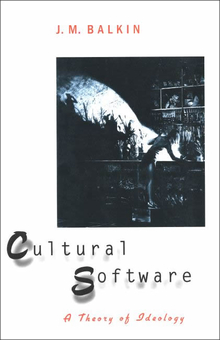World Changes in Divorce Patterns
WARNING
You are viewing an older version of the Yalebooks website. Please visit out new website with more updated information and a better user experience: https://www.yalebooks.com
William J. Goode
Among the topics Goode discusses are how divorce rates in different countries are affected by industrialization, dictatorship, civic standards for nations, and easier divorce laws; the relations between divorce and such factors as age and class; the meaning of the worldwide rise in cohabitation; and why people are becoming less likely to remarry.
In all these divorce systems he points to the problems caused by divorce: how to get child support from ex-husbands, the increase in mother-headed families (even in Arab countries), and the scanty help (if any) governments give to such families. He argues that modern countries with high rates must learn an important lesson from what he calls traditional "stable high-divorce-rate" systems--that divorce is part of the system, and that we must create and support social norms (not only laws) that reduce its harsh effects.
"A truly impressive book that attempts to make sense of what is known about patterns and recent trends in divorce around the world. The wealth of comparative materials provided here will be used again and again by family scholars in many disciplines; the book is packed with information that anyone who claims to be a specialist in the family should know. It is a very important contribution."—Norval Glenn, University of Texas at Austin
"There is no other book with a scope approaching this one. It is a very important contribution."—Norval Glenn
"[The] most socially informative read of the year. . . . Goode not only writes well; he sticks his neck out and speculates about his extremely interesting and surprising data."—Christina Hardyment, The Independent
"The significance of this work is that it is grounded in sound methodological procedures. . . . Throughout, [Goode] continues to address the question of why divorce has been on the increase in industrialized and traditional countries—regardless of religious and political type. . . . This work is a 'must have' for demographers and family scholars."—Choice
"Goode dazzles the reader with an unbelievable amount of information about divorce trends and family systems in all corners of the world. The book is a treasure trove of hard-to-find data, and it will be a valuable source of reference for years to come."—Annemette Sorensen, American Journal of Sociology
"World Changes in Divorce Patterns is an important contribution to family scholarship. In a field that has been overly dominated by microlevel studies of individual divorce propensities, Goode provides a welcome view of the big picture. Once again family scholars are in his debt."—Diane N. Lye, Contemporary Sociology
"[The book] enriches our appreciation of the widely divergent trends in divorce and the complexity of situations in different parts of the world. . . . William Good has done us a great service in ranging so widely, both geographically and substantively, in preparing this book."—Gavin W. Jones, Population and Development Review
"Goode has given us a treasure—a systematic description of trends in various aspects of divorce for many of the world's regions between 1950 and 1990."—Frances Goldscheider, Social Forces
" will appreciate this volume for its broad coverage, its lack of jargon, and its careful collection and analysis of empirical information. . . . The style of writing would be useful for an instructor looking for up-to-date background material for lectures on changes in divorce patterns around the world or for a text highlighting careful quantitative analysis and interpretation of cross-cultural data."—Mary Anne Fitzpatrick, Contemporary Psychology
Publication Date: August 25, 1993








